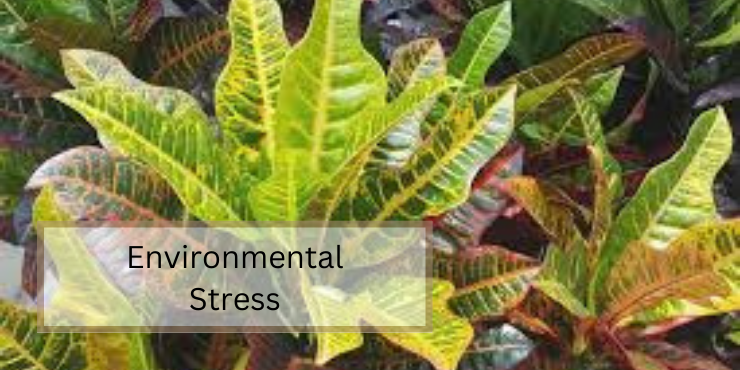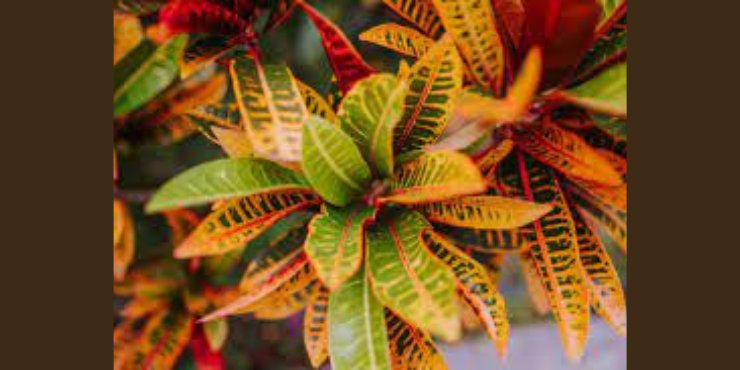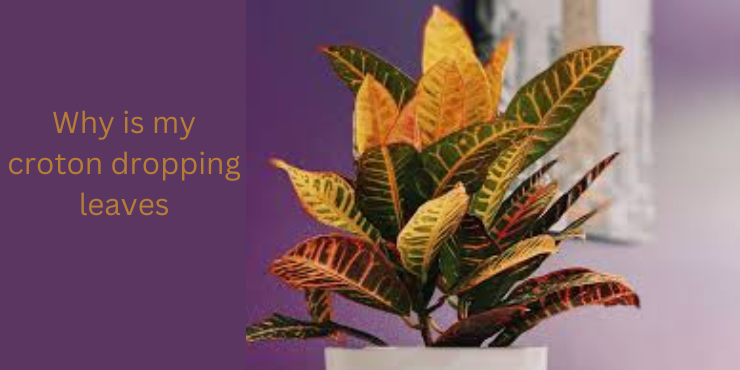Why is my croton dropping leaves
Crotons, with their vibrant and multicolored leaves, are prized for their aesthetic appeal. However, when these tropical plants start shedding leaves, it can be a cause for concern for any gardener or plant enthusiast. Leaf drop in crotons is not uncommon, and understanding the reasons behind this phenomenon is crucial for maintaining the health and beauty of these plants. In this comprehensive guide, we will delve into the various factors contributing to croton leaf drop and explore effective solutions to keep your crotons thriving.
1. Environmental Stress

One of the primary reasons your croton may be dropping leaves is environmental stress. Crotons are tropical plants that thrive in warm, humid conditions. Sudden changes in temperature, exposure to drafts, or prolonged exposure to cold conditions can stress the plant, leading to leaf drop. To prevent this, ensure that your croton is placed in a location with stable temperatures and protected from drafts.
2. Inadequate Lighting
Crotons are known for their love of bright, indirect light. If your croton is not receiving enough light, it may respond by dropping leaves. Assess the lighting conditions in your home or garden and consider moving your croton to a spot with more natural light. Alternatively, supplementing with artificial light can also be beneficial, especially in darker spaces.
3. Overwatering or Underwatering
Both overwatering and underwatering can be detrimental to crotons, causing stress that may result in leaf drop. Crotons prefer well-draining soil and like to be kept consistently moist but not waterlogged. Ensure that the soil is allowed to dry slightly between waterings, and always use a container with drainage holes to prevent waterlogged roots. On the flip side, underwatering can lead to dehydration and leaf loss, so strike a balance to keep your croton adequately hydrated.
4. Root Issues

Issues with the root system can significantly impact the health of your croton and lead to leaf drop. Root rot, caused by overly wet conditions and poor drainage, is a common problem. Inspect the roots for signs of rot, such as a foul odor or mushy texture. If root rot is present, trim away the affected roots and repot the croton in fresh, well-draining soil. Healthy roots are essential for nutrient absorption and overall plant well-being.
5. Pests and Diseases
Pests and diseases can also contribute to leaf drop in crotons. Common pests include spider mites, scale insects, and mealybugs. These tiny invaders can sap the plant’s vitality by feeding on its sap or transmitting diseases. Regularly inspect your croton for signs of pests, such as discolored or distorted leaves, and treat promptly with insecticidal soap or neem oil. Additionally, fungal infections, such as powdery mildew, can affect crotons. Ensure good air circulation around the plant and, if necessary, use fungicidal treatments to combat these issues.
6. Nutrient Deficiencies
Crotons, like any other plants, require a balanced supply of nutrients to thrive. A deficiency in essential nutrients, such as nitrogen, phosphorus, or potassium, can lead to leaf drop. Regularly fertilize your croton with a well-balanced, water-soluble fertilizer during the growing season. Be cautious not to over-fertilize, as this can also harm the plant. Adjust the fertilizer regimen based on the specific needs of your croton and the manufacturer’s recommendations.
7. Seasonal Changes
Crotons are sensitive to seasonal changes, and some leaf drop may be a natural response to shifts in temperature and light. During the fall and winter months, crotons may experience a period of dormancy, leading to some leaf loss. However, if the leaf drop is excessive or continues beyond the usual seasonal changes, it’s essential to investigate other potential causes.
8. Transplant Shock
If you recently repotted your croton, it may be experiencing transplant shock. This is a common occurrence when a plant is moved to a new environment, and it can manifest as leaf drop. To minimize transplant shock, water the plant thoroughly after repotting and place it in a location with stable conditions. Avoid fertilizing immediately after transplanting to allow the plant to acclimate to its new surroundings.
9. Genetic Factors
It’s worth noting that some croton varieties are naturally more prone to leaf drop than others. Genetic factors play a role in the overall health and resilience of the plant. If you consistently encounter issues with leaf drop despite providing optimal care, consider the possibility that the specific croton variety may be more sensitive or predisposed to this behavior.
Conclusion
In conclusion, croton leaf drop can be attributed to various factors, ranging from environmental stress and inadequate care to pests and diseases. To maintain healthy and vibrant crotons, it’s crucial to create an optimal environment, ensure proper watering practices, address root issues promptly, and stay vigilant against pests and diseases. By understanding the reasons behind leaf drop and taking proactive measures, you can enjoy the beauty of your crotons year-round. Remember, each croton is unique, so observe and respond to the specific needs of your plant to foster a thriving and resilient garden companion.


